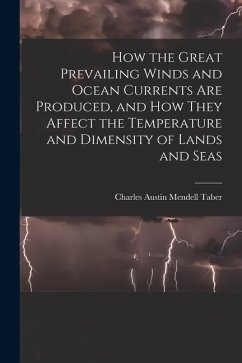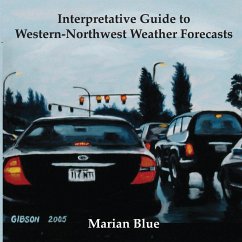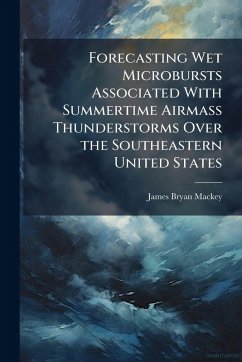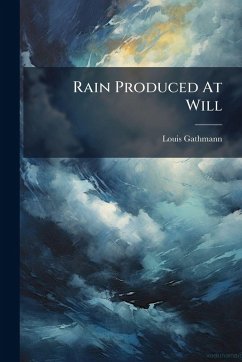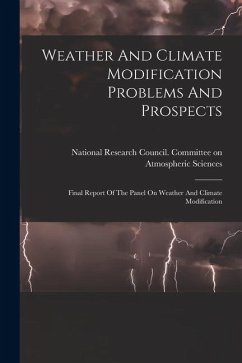
Exploration of Teleconnection Indices for Long-Range Seasonal Temperature Forecasts
Versandkostenfrei!
Versandfertig in über 4 Wochen
15,99 €
inkl. MwSt.
Weitere Ausgaben:

PAYBACK Punkte
8 °P sammeln!
The Air Force Combat Climatology Center (AFCCC) is continually tasked to provide temperature and other long-range seasonal forecasts for locations at which Department of Defense (DoD) personnel are performing long-range exercises and real-world mission planning support. DoD needs long-range forecasts to estimate how much fuel is necessary to keep energy production, purchases and operations at the proper levels to accommodate all the energy needs on their installations and within their worldwide theaters of operation. Currently, the best long-range temperature forecasts the weather community ha...
The Air Force Combat Climatology Center (AFCCC) is continually tasked to provide temperature and other long-range seasonal forecasts for locations at which Department of Defense (DoD) personnel are performing long-range exercises and real-world mission planning support. DoD needs long-range forecasts to estimate how much fuel is necessary to keep energy production, purchases and operations at the proper levels to accommodate all the energy needs on their installations and within their worldwide theaters of operation. Currently, the best long-range temperature forecasts the weather community has for worldwide locations use either climatological standard normals or simple frequency distributions of occurrences. This study creates a stepping-stone toward the solution of long-range temperature forecasting by finding a process to predict more accurate temperatures than those forecasts obtained using climatological standard normals or simple frequency distributions of occurrences. This same solution is also highly sought after by many non-DoD users as well. Northern Hemispheric teleconnection indices, created by rotated principle component analysis (RPCA), and the standardized Southern Oscillation index are statistically compared to Heating Degree Days (HDDs) and Cooling Degree Days (CDDs) at 14 U.S. locations. HDDs and CDDs were summed over three-month periods to compute seasonal summations. Teleconnection indices found to be leading modes, using RPCA, in a particular month are compared to the HDD/CDD summations of the following three months in order to create predictive models. This work has been selected by scholars as being culturally important, and is part of the knowledge base of civilization as we know it. This work was reproduced from the original artifact, and remains as true to the original work as possible. Therefore, you will see the original copyright references, library stamps (as most of these works have been housed in our most important libraries around the world), and other notations in the work. This work is in the public domain in the United States of America, and possibly other nations. Within the United States, you may freely copy and distribute this work, as no entity (individual or corporate) has a copyright on the body of the work. As a reproduction of a historical artifact, this work may contain missing or blurred pages, poor pictures, errant marks, etc. Scholars believe, and we concur, that this work is important enough to be preserved, reproduced, and made generally available to the public. We appreciate your support of the preservation process, and thank you for being an important part of keeping this knowledge alive and relevant.



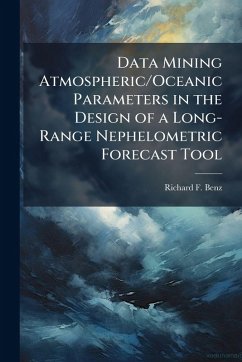
![Instructions for Recording Rain, Snow, Weather and Miscellaneous Phenomena [microform]: With a Supplementary Chapter on the Temperature of the Air Cover Instructions for Recording Rain, Snow, Weather and Miscellaneous Phenomena [microform]: With a Supplementary Chapter on the Temperature of the Air](https://bilder.buecher.de/produkte/66/66125/66125595n.jpg)
